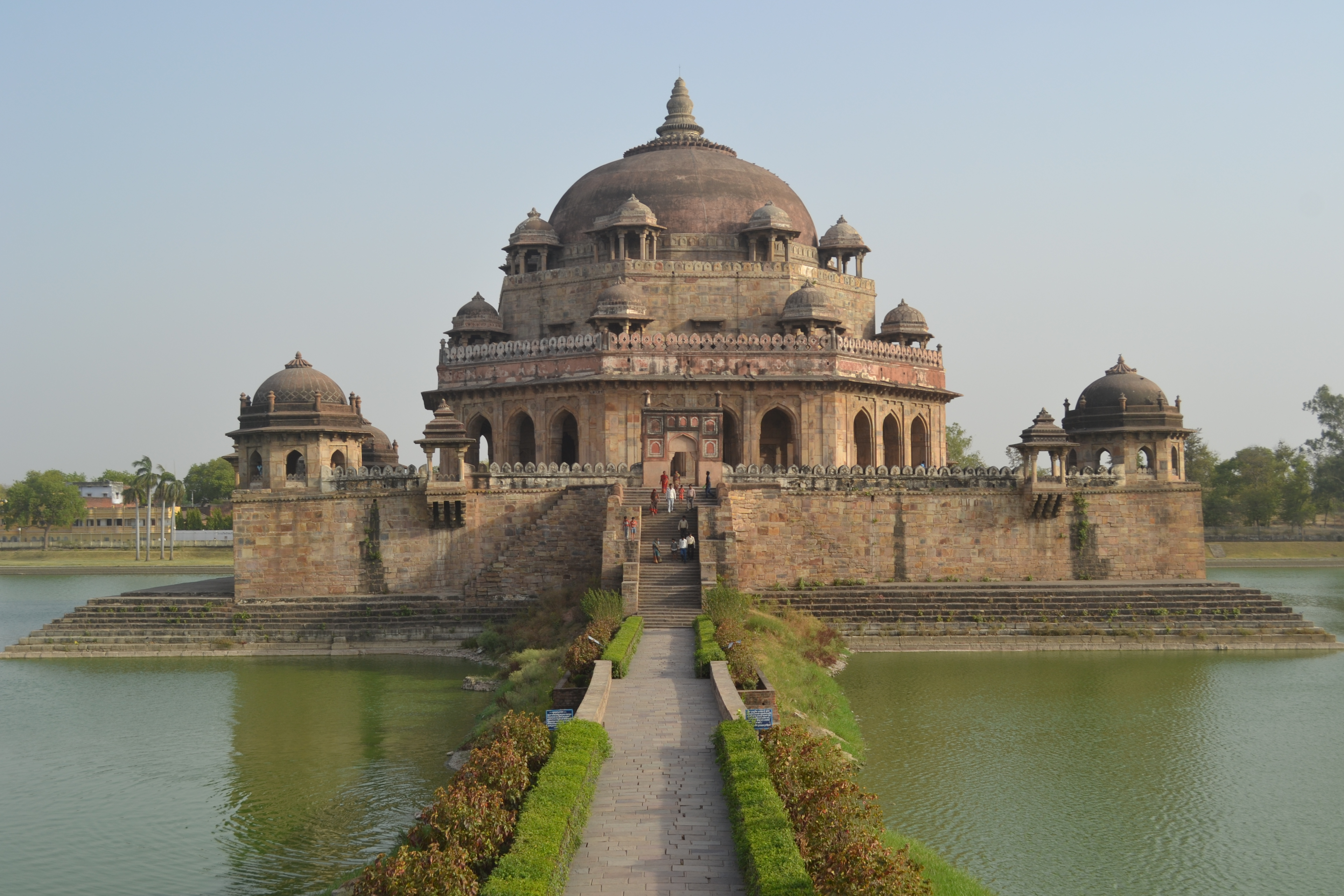
Sher Shah Suri's Mausoleum
Introduction
Sher Shah Suri's Mausoleum, located in Sasaram, Bihar, is a magnificent architectural marvel and a significant historical landmark. Built in memory of the great emperor Sher Shah Suri, this grand tomb is a fine example of Indo-Islamic architecture, reflecting the glory and legacy of one of India’s most influential rulers.
Historical Background
Sher Shah Suri, originally known as Farid Khan, rose from humble beginnings to become one of the most powerful rulers of medieval India. He founded the Suri Empire in North India after defeating the Mughal Emperor Humayun and is best known for his administrative reforms, the introduction of the currency system (Rupiya), and the construction of the Grand Trunk Road. His reign marked a period of remarkable stability and prosperity in Indian history.
Architectural Significance
Built between 1540 and 1545 AD, the mausoleum stands in the middle of an artificial lake, accessible via a stone bridge. The tomb is constructed from red sandstone, with intricate carvings and beautiful calligraphy, showcasing the artistic brilliance of the era.
The structure rises to a height of about 122 feet and is crowned with a large dome, giving it an imposing yet graceful appearance. The mausoleum's design reflects a blend of Afghan and Mughal architectural styles, characterized by symmetry, detailed stonework, and elaborate arches.
Key Features
- Octagonal Design: The mausoleum has an octagonal layout, symbolizing the eight directions, with each side carefully proportioned.
- Decorative Elements: The walls are adorned with intricate floral patterns, Arabic inscriptions, and geometric designs, reflecting the craftsmanship of the period.
- Water Surroundings: The tomb is set on a raised platform surrounded by a serene lake, enhancing its grandeur and isolation.
- Central Dome: The massive central dome, supported by beautifully carved pillars, dominates the structure and adds to its majestic presence.
Cultural and Historical Impact
Sher Shah Suri’s Mausoleum is not just a monument but a symbol of his enduring legacy. It attracts historians, architects, and tourists alike, offering a glimpse into the life and times of this remarkable ruler. The site is also a popular spot for history enthusiasts and photographers, capturing the timeless beauty of medieval Indian architecture.
Conclusion
Sher Shah Suri’s Mausoleum stands as a lasting tribute to one of India’s most visionary rulers. It reflects the strength, vision, and architectural brilliance of the Suri Empire and remains an important cultural heritage site, celebrating the rich history of Bihar.




 Back
Back
